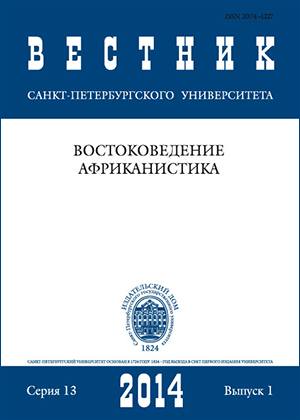Origin of traditional Japanese arts schools led by the iemoto
Abstract
This article briefly describes some of the ways of origin of the schools of traditional Japanese arts which feature the iemoto system. A person can proclaim himself iemoto or be chosen by his followers. One cannot forget about the important role of the media. In some arts, where the iemoto system is not developed, the most talented or famous artist can be called the iemoto due to the media report. Also, it is possible to found their own school or revive a school that existed in the past or to use its name to attract principles. However, this is typical to the schools of traditional Japanese arts, which aim to become wider and stronger, and to achieve this aim it’s essential to attract and teach a large amount of new principles. Furthermore, the schools organize foundations which support the school and invite famous people as honorable head of the school. In case of traditional Japanese theater Noh and Kabuki, that represent themselves as a closed family structure, such activity can barely be noticed, and even if an actor leaves a school and starts to act on his own, it will not lead to a genesis of a new school. Refs 8.
Keywords:
iemoto, iemoto system, traditional Japanese arts, schools of the traditional Japanese arts, tea ceremony, ikebana, Noh, Kabuki
Downloads
References
Downloads
Published
How to Cite
Issue
Section
License
Articles of "Vestnik of Saint Petersburg University. Asian and African Studies" are open access distributed under the terms of the License Agreement with Saint Petersburg State University, which permits to the authors unrestricted distribution and self-archiving free of charge.





